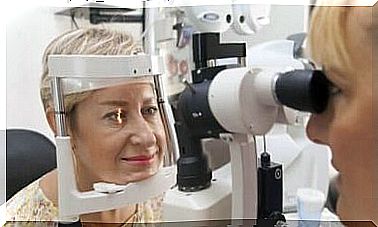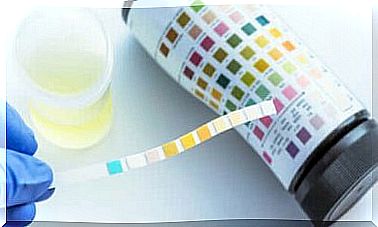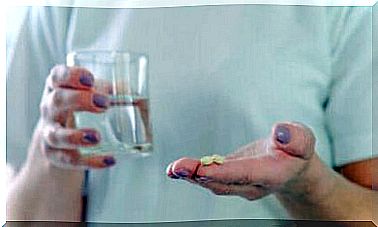Pre-language Deafness: Treatment With Gene Therapy

Gene therapy is designed to provide genes that correct or replace the action of other genes with defects due to which pre-language deafness develops .
Pre-language deafness is a serious condition. However, it turns out that in the fight against it, gene therapy can be used to replace the use of cochlear implants. The effectiveness of such a solution is demonstrated by the results of some animal studies.
Have you ever heard of gene therapy? And about pre-linguistic deafness? To understand a new treatment for this disease, you need to understand both. Then let’s find out what they are.
Gene therapy is a new field of medicine
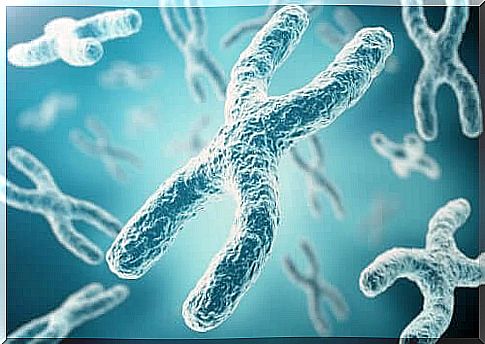
Human genome-based therapies are gaining popularity in the treatment of certain diseases, such as cancer. Such therapy involves the insertion of genes into the body to correct any changes in the genome that could cause disease.
A gene is the part of DNA that contains information necessary for the body to synthesize certain proteins. Changes, or mutations, can occur in such DNA molecules, which lead to the coding of defective proteins. Those that lead to the development of various diseases. Gene therapy tries to correct such defects.
However, while research into gene therapy is advancing by leaps and bounds, we still need to answer many questions about this treatment regimen. For example, scientists are wondering whether the genes introduced during this therapy do not in themselves cause disease. In addition, they also consider ethical constraints.
What is pre-language deafness?
It occurs when hearing loss (complete or partial), i.e. the inability to hear sounds, is already present at birth. It is a congenital condition that can be inherited.
This type of hearing loss is often so severe that the child is unable to process the linguistic information with the ears, whether or not the sounds are amplified in some way.
In 80% of cases, childhood deafness is present at birth. Interestingly, most deaf children are born into families whose members do not have hearing problems.
How is pre-language deafness treated today?
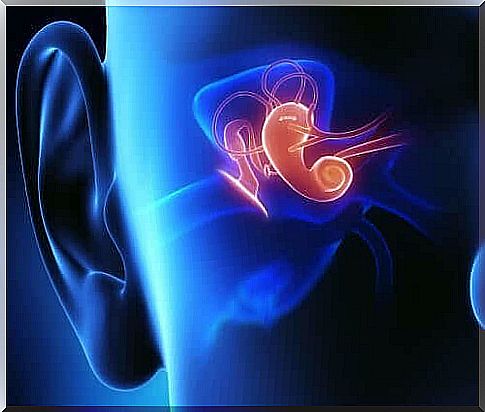
Nowadays, children with this type of deafness need to use hearing aids. However, this does not always work, and some people have to undergo surgery.
These devices convert electric waves into sound waves when they are put in the ear. The round and adjustable head strap makes it easy to attach them to your ears to improve the perception of sounds.
People should start wearing hearing aids as soon as they are diagnosed. When the methods mentioned above do not work, it may be necessary to insert a cochlear implant.
Gene therapy and pre-language deafness
The numerous advances in medicine have led many scientists to wonder if gene therapy could not be used to treat deafness from an entirely new perspective. One that would completely eliminate the need for cochlear implants or hearing aids. However, such techniques are still in the animal testing phase.
Two studies have been published using this type of gene therapy. It looks like the researchers managed to get some interesting results in treating hearing problems.
Currently, research is carried out on hearing disorders of purely genetic origin. Such disease changes currently affect over 125 million people worldwide.
The difficult part of such therapy stems from the fact that they use viruses to insert healthy genes into organisms. However, such microorganisms may not be able to enter the ear cells.
One published article explains how the gene that produces fluorescence proteins was introduced into mouse ear cells using a synthetic variant of the virus. Another positive result is that this type of therapy has no side effects.
Thank you for reading today’s article.

